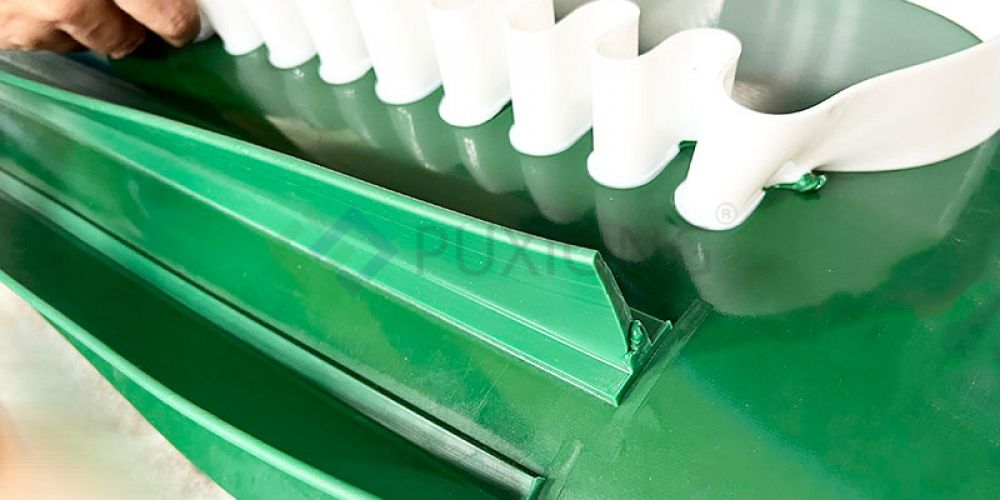
Industrial Belts: Advantages and Disadvantages
Industrial belts, as common devices for transmitting power or conveying materials, possess a range of advantages and disadvantages. Below is a detailed analysis of their pros and cons:
Smooth Transmission
Industrial belts exhibit excellent flexibility and elasticity, enabling them to absorb and distribute impact forces generated during transmission. This results in smooth, noiseless operation, which is particularly critical in noise-sensitive environments such as hospitals and libraries.
Wide Speed Range
Belt drives can accommodate high, medium, and low-speed operations, typically covering a linear speed range of 0.1–60 m/s. This versatility allows industrial belts to adapt to diverse transmission requirements across various working conditions.
High Transmission Efficiency
Belt drives achieve a transmission efficiency of 0.9–0.99, which is relatively high. This minimizes energy loss during power transfer, contributing to energy conservation and reduced operational costs.
Reliability
With proper maintenance, belt drives can operate reliably over extended periods. Their simple structure and ease of maintenance further enhance their dependability.
Energy Savings
Belts with low friction coefficients (e.g., polyurethane belts or polyester-silicone sheet belts) reduce transmission resistance, thereby lowering energy consumption. This is economically significant for production lines requiring prolonged operation.
Temperature Sensitivity
Belt performance is highly susceptible to temperature fluctuations. Extreme heat or cold degrades elasticity and strength, reducing transmission efficiency. Special precautions are necessary in harsh temperature environments.
Wear and Tear
Prolonged use leads to belt wear. Delayed maintenance or replacement compromises transmission accuracy and reliability. Additionally, worn belts may shed debris, contaminating products.
Material Aging
Certain belt materials (e.g., rubber) are prone to aging. Aged belts experience significant performance degradation and must be replaced promptly to prevent failures.
Noise and Vibration
While inherently quiet, belt drives may generate noise and vibration under suboptimal conditions (e.g., slack belts or insufficient tension). This can disrupt workplace environments and reduce productivity.